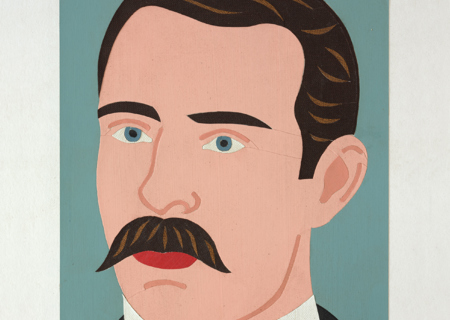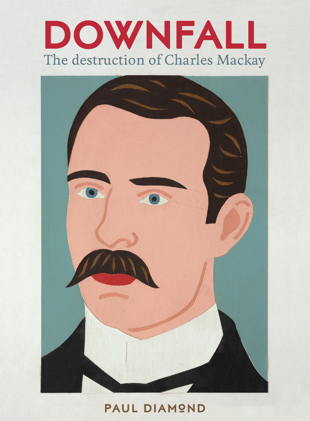Triumphantly juxtaposing Edwardian Whanganui and Weimar Berlin in granular detail by retailing the life experiences of an apparently minor historical figure requires considerable skill. Paul Diamond’s Downfall: The destruction of Charles Mackay is the absorbing study of one man and his peregrinations through these two vastly different territories: one repressed and provincial, the other hedonistic and metropolitan.
Diamond’s book could easily be referred to as a work of ‘psychogeography’, to use the term coined by members of the Situationist International in France. In 1955, in his Introduction to a Critique of Urban Geography, Guy Debord defined psychogeography as ‘the study of the precise laws and specific effects of the geographical environment, consciously organized or not, on the emotions and behaviour of individuals’. In his 1961 film, A Critique of Separation, Guy Debord stated: ‘The sectors of a city … are decipherable, but the personal meaning they have for us is incommunicable, as is the secrecy of private life in general, regarding which we possess nothing but pitiful documents’.
Diamond has pored over city street plans, plans of particular buildings and many photographs, as well as the ‘pitiful documents’ of other archival material such as personal letters, oral histories and newspaper clippings, in his explorations of Whanganui and Berlin, and joined up both places through the saga of Charles Mackay. The book, then, is the product of a search for traces of an individual who ends up being seen at an angle, or several angles. Mackay was Mayor of Whanganui (or Wanganui as it was then known) until a homosexual scandal in 1920 saw him charged with attempted murder, found guilty and imprisoned. After six years in various New Zealand jails, his self-imposed exile in Britain and Continental Europe ultimately led to him working as a reporter, assisting the celebrated Daily Mail journalist, Sefton Delmar, amid the cultural and political turmoil of the short-lived Weimar Republic (1918–1933). His abrupt death occurred during a street riot in May 1929, when he was accidentally shot by Berlin police in the ongoing chaos of what became known as ‘Bloody May’.
Read David Herkt's full review here.


